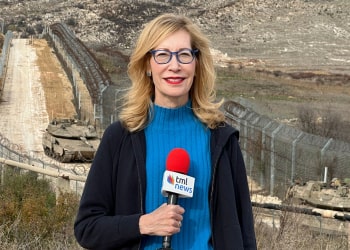In light of Israel’s ongoing military campaigns in Palestine and Lebanon, there is a distinct pattern emerging in the tactics it employs to achieve success in its military operations and targeted assassinations against key Hamas and Hezbollah figures. It appears unlikely that Israel could have executed such swift and surprise assassinations without first relying on intelligence gathered through informants within these organizations, followed by advanced technological support. For decades, intelligence supplied by agents has played a pivotal role in wars and conflicts, serving as crucial conduits for information that can significantly influence the outcome of battles. Israel has numerous notable cases in this regard, such as the infamous story of Eli Cohen, the agent who infiltrated the upper echelons of the Syrian government in the 1960s. Cohen delivered vital intelligence to Israel, enabling its army to make strategic gains in the 1967 war. Despite his eventual execution, his tale underscores the impact a human spy can have on shifting power dynamics within regional conflicts. As time has progressed, technological advancements have entered the fray, adding another formidable weapon to Israel’s arsenal. By employing satellites, drones, spyware, and electronic hacking, Israel has enhanced its ability to monitor adversaries, gather precise intelligence, and execute aerial strikes, as evidenced in operations such as the “pager operation,” all without needing direct confrontation. In the Gaza Strip and Lebanon, Israel leverages surveillance technology to infiltrate the communications networks of resistance movements. It may have further capitalized on the discovery of Hamas tunnels to breach the technological infrastructures developed by the movement. The reality is, I am uncertain of the exact execution strategies behind Israel’s assassinations. Were they rooted in detailed intelligence from ground operatives, technologically driven insights, or an amalgamation of both? The example of the assassination of Ahmed Jabari in Gaza in 2012 stands out as a prime instance of this synergy between human intelligence and technology, where leaked information on his movements culminated in his targeting by a precision-guided missile. Israel clearly understands the necessity of merging technology with intelligence to maximize operational effectiveness. Technology might offer meticulous surveillance, but human operatives can supply essential nuances that purely technological means may overlook. Through this strategic amalgamation, Israel has been able to execute precise assassination operations consistently. This raises a pressing question: Can resistance movements adapt to this new operational landscape shaped by Israel? Can they keep pace technologically? And can they prevent the internal flow of sensitive information? The answer could very well determine whether these movements persist or dissipate. —Abdel Latif El-Menawy (translated by Asaf Zilberfarb)
This holiday season, give to:
Truth and understanding
The Media Line's intrepid correspondents are in Israel, Gaza, Lebanon, Syria and Pakistan providing first-person reporting.
They all said they cover it.
We see it.
We report with just one agenda: the truth.

